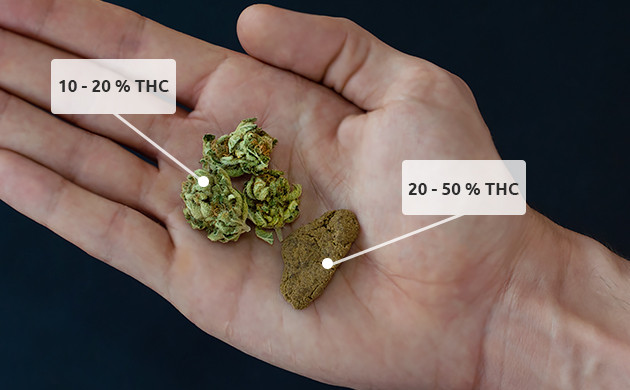
Neuroplasticity and Cannabis: How THC May Rewire Learning Pathways
The human brain is not a static organ. It has the remarkable ability to adapt, reorganize, and form new connections
FREE SHIPPING ON ORDERS OVER $99 | 10 points = $1
As the interest in CBD (cannabidiol) continues to grow, so does the curiosity about how it actually works inside the body. One of the most important systems involved in CBD’s effects is the endocannabinoid system (ECS) — a complex signaling network that plays a vital role in maintaining balance across various bodily functions. But how exactly does CBD interact with this system, and what does that mean for your health? Let’s explore.
The endocannabinoid system is a crucial component of human physiology, responsible for maintaining homeostasis—the body’s internal balance. It regulates a wide range of processes, including:
Discovered in the early 1990s during research into THC (the psychoactive compound in cannabis), the ECS exists in all vertebrates and has receptors throughout the body, including the brain, nervous system, organs, and immune cells.
The endocannabinoid system consists of three primary components:
CBD is one of over 100 cannabinoids found in the Cannabis sativa plant. Unlike THC, it does not bind strongly to CB1 receptors, meaning it doesn’t cause the euphoric “high” associated with marijuana. Instead, CBD has a more subtle and indirect influence on the ECS, which contributes to its therapeutic potential without psychoactive effects.
While THC binds directly with CB1 receptors to create a psychoactive effect, CBD does not attach strongly to either CB1 or CB2 receptors. Instead, it modulates how these receptors respond to other compounds, enhancing or inhibiting their activity.
This indirect action allows CBD to influence the ECS without overstimulating it, making it a gentle yet powerful tool for restoring balance in the body.
One of the ways CBD supports the ECS is by inhibiting the enzyme FAAH, which breaks down anandamide—a key endocannabinoid also known as the “bliss molecule.” By preventing the breakdown of anandamide, CBD helps increase its levels and activity, potentially promoting feelings of well-being, calm, and pain relief.
CBD also affects other receptors outside the ECS, contributing to its wide range of effects. These include:
By influencing these additional receptors, CBD extends its therapeutic impact far beyond the ECS alone.
CBD’s ability to interact with both CB2 and TRPV1 receptors makes it a promising natural option for managing chronic pain and inflammation. Rather than masking pain, it may help reduce the inflammatory response at the source.
CBD’s indirect boost to anandamide levels and its impact on serotonin receptors can help regulate mood, reduce anxiety, and promote a calm mental state. It may help the ECS function more efficiently under stress.
By lowering anxiety and restoring homeostasis, CBD may help normalize sleep cycles. Many users report falling asleep faster, staying asleep longer, and waking up feeling more refreshed.
Since CB2 receptors are heavily involved in the immune system, CBD’s interaction with them may help modulate immune responses, potentially benefiting people with autoimmune or inflammatory conditions.
It’s important to note that CBD doesn’t directly “activate” the ECS the way THC or endogenous cannabinoids do. Instead, it acts more like a facilitator—supporting the ECS, enhancing receptor responsiveness, and helping the body use its natural endocannabinoids more efficiently.
This subtle approach makes CBD a gentle and non-invasive option for supporting long-term wellness.
The endocannabinoid system plays a crucial role in maintaining balance within the body, and CBD offers a natural way to support its function. Rather than binding directly to ECS receptors, CBD works by enhancing the body’s own regulatory processes, making it an effective tool for managing stress, pain, sleep issues, and more.
As research continues, our understanding of how CBD interacts with the ECS is expanding—offering new insights into how this plant-derived compound can benefit human health without unwanted side effects. For those seeking a natural, non-intoxicating path to wellness, CBD’s relationship with the endocannabinoid system is a promising place to start.

The human brain is not a static organ. It has the remarkable ability to adapt, reorganize, and form new connections

In our fast-paced world, many people accumulate what’s known as sleep debt—a deficit that builds when you consistently sleep fewer